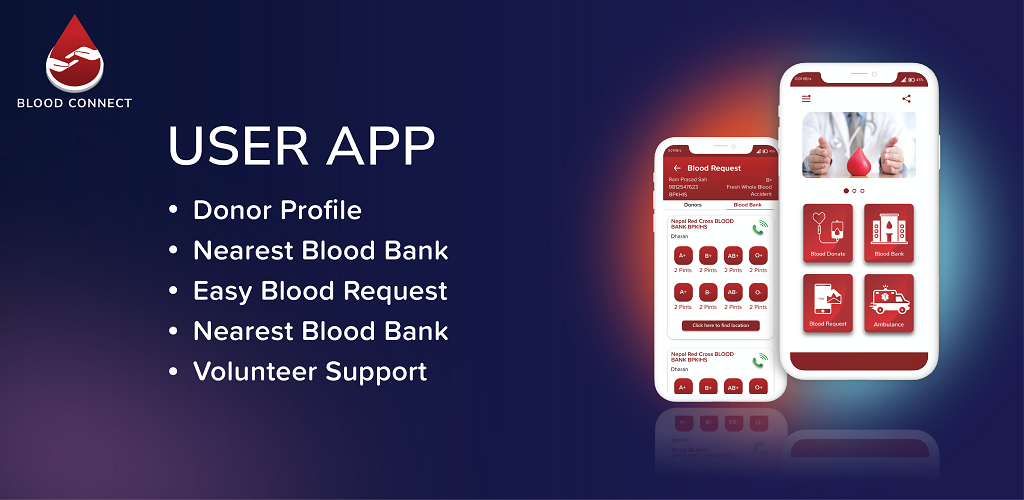Let’s Talk: Are Developers Being Replaced?
Imagine this—you’ve spent years learning JavaScript, mastering React, and debugging for hours on end. Then along comes someone who builds a fully functional app in a few days with little to no code at all. You might think, “Wait… is my job at risk?”
Not so fast.
Low-code and no-code platforms are definitely shaking up the development world—but not in the way most people think. Rather than replacing developers, these tools are redefining roles, opening doors, and accelerating innovation.
Let’s unpack what’s really going on and what this means for you, whether you’re a seasoned coder or someone just dipping your toes into the tech pool.
What Are Low-Code and No-Code Platforms?
At their core:
- Low-code platforms allow users to build applications with minimal hand-coding. You still write some code, but most of the work is done through visual workflows, drag-and-drop interfaces, and pre-built components.
- No-code platforms take it a step further, enabling non-developers (yes, even business users) to create apps using only visual tools—no programming skills needed.
Popular platforms include:
- Low-code: OutSystems, Mendix, Microsoft Power Apps
- No-code: Bubble, Webflow, Zapier, Glide
Why Are These Platforms Rising So Fast?
The demand for software is exploding—but there simply aren’t enough developers to meet that demand. Here’s what’s fueling the fire:
- Developer shortage: Companies can’t hire fast enough.
- Faster time-to-market: What once took months can now take weeks—or days.
- Cost efficiency: Businesses save money by building internally.
- Agility: Rapid iteration becomes easy, ideal for startups and lean teams.
It’s the perfect storm—and low-code/no-code tools are the umbrella.
What This Means for Traditional Developers
Here’s the good news: your role is still very relevant. In fact, it might be more valuable than ever—if you evolve with the trend.
1. Developers Become Architects and Enablers
Instead of building everything from scratch, developers can now:
- Set up the foundation of an app
- Integrate custom code where low-code tools fall short
- Oversee security, data management, and scalability
- Build components others can reuse
Think of yourself as the tech enabler in a no-code world.
2. Fewer Repetitive Tasks, More Strategic Work
Let’s face it—nobody loves rebuilding login screens for the hundredth time. With these platforms, you skip the grunt work and focus on:
- Complex algorithms
- System architecture
- DevOps
- Custom API integration
That’s where your expertise shines.
3. New Collaboration Opportunities
Business teams can now prototype ideas without waiting weeks for dev cycles. Developers get involved once the concept is validated. It’s faster, more collaborative, and often more successful.
You’re not losing control—you’re gaining a powerful partner.
The Flip Side: Where These Tools Fall Short
They’re not perfect. Let’s be real:
- Customization limitations: You may hit a wall with advanced features.
- Security concerns: Less control means potential risks.
- Scalability issues: Great for MVPs, but may struggle at enterprise scale.
- Platform lock-in: Moving away later can be messy.
This is exactly where traditional developers are irreplaceable.
How to Stay Ahead as a Developer
Let’s talk action. Here’s how you can ride the wave instead of resisting it:
1. Learn the Tools
Familiarize yourself with platforms like Bubble, OutSystems, or Webflow. Knowing what they can (and can’t) do makes you a better collaborator.
2. Focus on APIs and Integration
Almost all no-code/low-code platforms rely on APIs to extend functionality. Mastering backend development, cloud services, and API design gives you superpowers.
3. Think Like a Solution Architect
Start thinking at a systems level. How can different platforms, tools, and codebases come together to solve real-world problems?
4. Upskill in UX and Data
As automation handles the basics, understanding user journeys, data architecture, and product thinking becomes key.
Real-Life Example: A Marketing Team Builds an App
A marketing manager at a mid-size company used a no-code tool (Glide) to build a customer feedback tracker. It worked—but lacked secure login and analytics. A developer came in, added Firebase authentication, created a secure backend, and integrated analytics via custom code.
Result? A fully functional hybrid system delivered in record time—with collaboration instead of conflict.
TL;DR – Key Takeaways
- Low-code/no-code platforms are growing fast, democratizing app development.
- Traditional developers aren’t being replaced—they’re evolving.
- Your role is shifting toward architecture, integration, and customization.
- Learning these tools makes you more versatile, collaborative, and future-proof.
- The best developers will be those who can bridge the gap between code and no-code.
Final Thought
The rise of low-code and no-code isn’t the end of traditional development—it’s the evolution of it. By embracing these tools, you don’t lose your value. You amplify it.
So here’s the question: Are you ready to code less and create more?
Related FAQs:
Are no-code platforms suitable for building complex applications?
No-code platforms are best for MVPs or simple applications. For highly complex logic, scalability, or security requirements, traditional coding (or at least low-code + dev help) is often needed.
Will low-code platforms replace software developers?
Not at all. They will shift the developer’s role toward architecture, integration, and solving complex problems beyond the reach of visual tools.
Can non-tech professionals really build apps with no-code tools?
Yes, especially for internal tools or simple applications. Platforms like Bubble and Glide are designed for business users and entrepreneurs.







